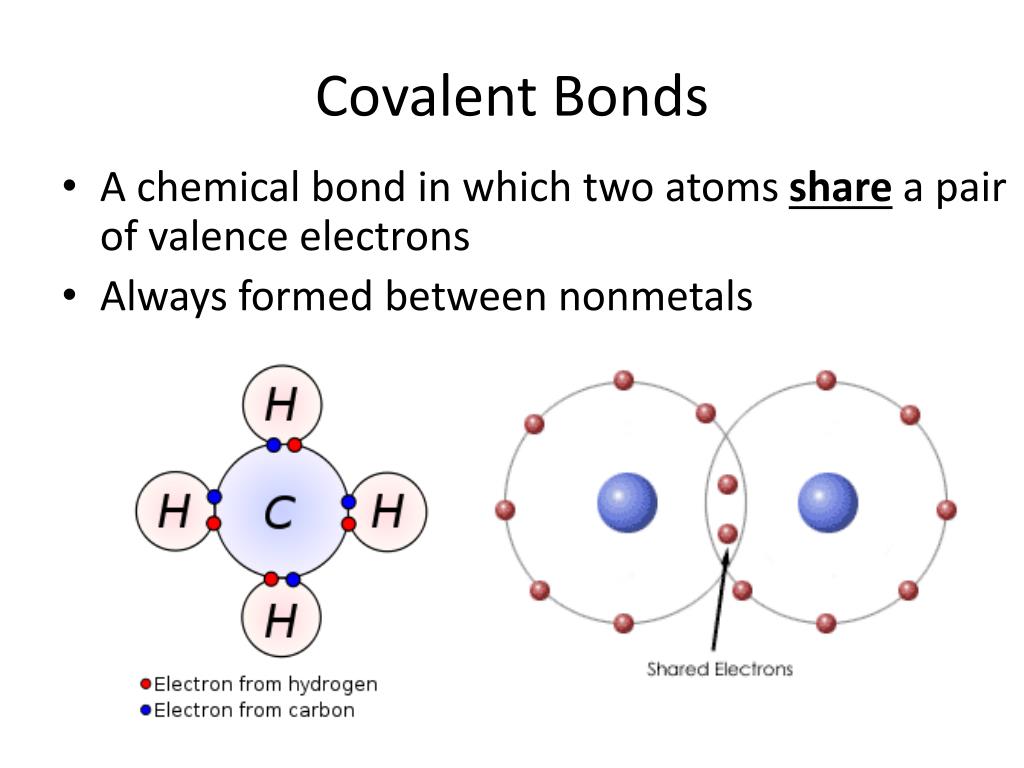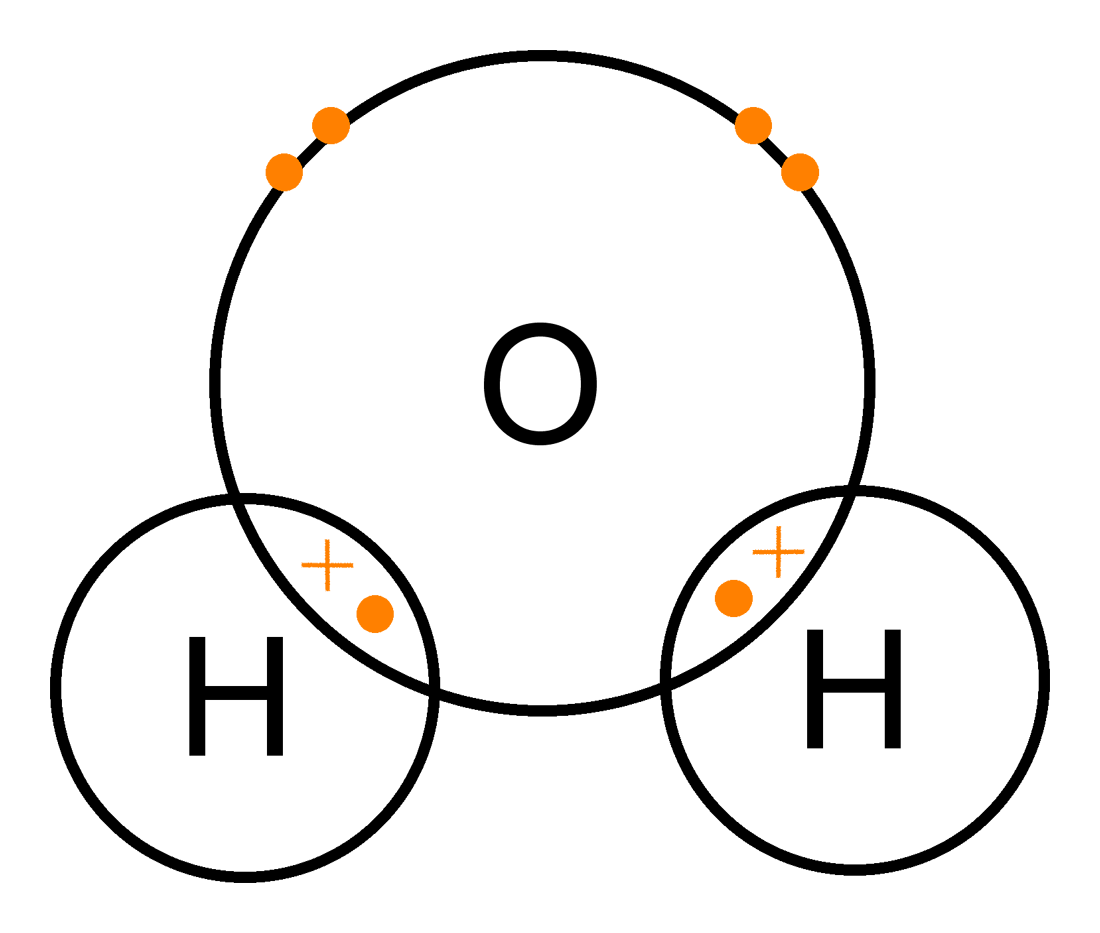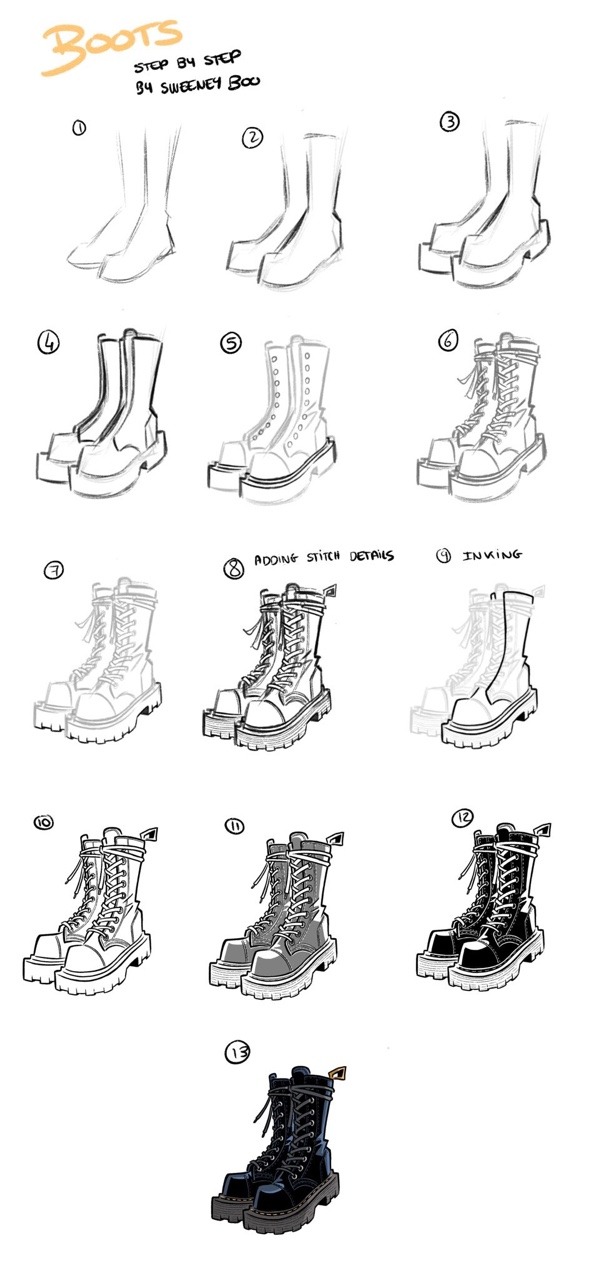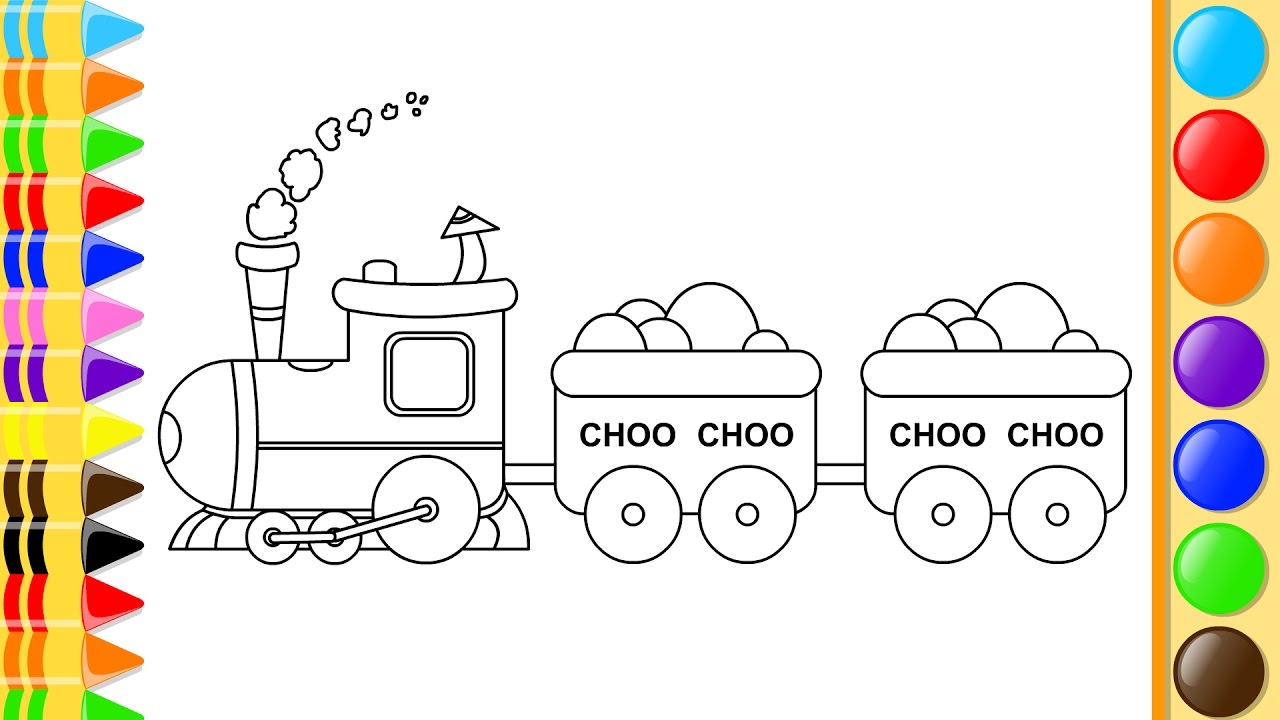How to draw covalent bonding molecules
Table of Contents
Table of Contents
Have you ever struggled with drawing a covalent bond? Maybe you’ve tried multiple times and it never seems to come out right? Don’t worry, you’re not alone. Drawing covalent bonds can be a difficult task for many people, but with a little practice and guidance, you’ll be able to master it in no time!
When it comes to drawing covalent bonds, it’s important to understand the basic principles behind them. Many people struggle because they don’t know where to start or what to look for. Others may try to draw them without the necessary tools or techniques and end up with an inaccurate representation.
The first step in drawing a covalent bond is to understand what it is exactly. In chemistry, covalent bonds are formed when two atoms share a pair of electrons. These bonds help to hold molecules together and are fundamental to the chemistry of life. Knowing this basic principle is crucial in understanding how to properly draw a covalent bond.
Now that we understand the basics of what a covalent bond is, we can begin to explore the techniques for drawing one accurately. There are a few key steps to follow when drawing a covalent bond, including identifying the atoms that are sharing electrons, determining the number of electrons being shared, and visually representing the bond itself.
My Experience with Drawing Covalent Bonds
I remember when I first learned about covalent bonds in my chemistry class. I was fascinated by how atoms could share electrons and form such strong bonds. However, when it came to drawing covalent bonds, I struggled at first. It took practice and patience, but eventually, I was able to master the technique and accurately represent the bonds in my notes.
The key to success with drawing covalent bonds is to practice regularly and pay attention to the details. It’s important to accurately represent the number of electrons being shared and the angle at which they are shared. With practice, it will become second nature and you’ll be a pro in no time!
The Importance of Properly Drawing Covalent Bonds
Drawing covalent bonds accurately is essential in chemistry. When working with chemical reactions and compounds, it’s important to be able to visualize how molecules are interacting with one another. Inaccurate representations of covalent bonds can lead to misconceptions about how molecules function, which can ultimately lead to incorrect conclusions or experimental results.
Techniques for Drawing Covalent Bonds
One technique for drawing covalent bonds is to use a Lewis structure. A Lewis structure is a diagram that shows the electron pairs that are shared between atoms in a molecule. This can be a helpful tool for visualizing the bonds and determining the number of electrons being shared.
Another technique is to use a dot and cross diagram. This diagram represents the electrons in the outer shells of atoms as dots or crosses and shows how they are shared between atoms. This can be a useful tool for visualizing the covalent bond and understanding the interactions between atoms.
Tips for Drawing Covalent Bonds
When drawing covalent bonds, it’s important to keep in mind the geometry of the molecule. The bond angle and length can have a huge impact on how the molecule functions and interacts with other molecules. It’s also important to accurately represent the number of electrons being shared and the direction in which they are being shared.
Conclusion of How to Draw a Covalent Bond
Learning how to draw a covalent bond can be a challenging task, but with practice and a little guidance, anyone can master it. By understanding the basic principles behind covalent bonds, using the proper techniques, and paying attention to the details, you’ll be able to accurately represent covalent bonds in no time. Remember, accuracy is key when it comes to chemistry, so don’t be afraid to take your time and practice regularly!
Question and Answer
1. What is a covalent bond?
A covalent bond is a chemical bond formed by the sharing of electrons between two atoms.
2. Why is it important to draw covalent bonds accurately?
Inaccurate representations of covalent bonds can lead to misconceptions about how molecules function, which can ultimately lead to incorrect conclusions or experimental results.
3. What are some techniques for drawing covalent bonds?
Some techniques for drawing covalent bonds include using a Lewis structure or a dot and cross diagram.
4. What should you keep in mind when drawing covalent bonds?
It’s important to keep in mind the geometry of the molecule, accurately represent the number of electrons being shared, and pay attention to the direction in which the electrons are being shared.
Gallery
Covalent Bonding - The Science And Maths Zone

Photo Credit by: bing.com / covalent bonding
PPT - Covalent Bonds PowerPoint Presentation, Free Download - ID:6647183

Photo Credit by: bing.com / covalent bonds bond atoms between electrons two formed valence chemical pair which nonmetals powerpoint ppt presentation always
Chemical Bonding | Hybridisation | VSEPR - Revise Zone

Photo Credit by: bing.com / covalent h2o molecule bonding bond hydrogen 2d ionic oxygen electrons lone bonds electron cao atoms molecular sf6 molecules compounds techiescientist
How To Draw Covalent Bonding Molecules - YouTube

Photo Credit by: bing.com / draw covalent
PPT - Showing Covalent Bonding Using Dot Cross Diagrams PowerPoint

Photo Credit by: bing.com / covalent dot cross o2 bonding bond diagrams draw oxygen showing using ppt powerpoint presentation brainly





